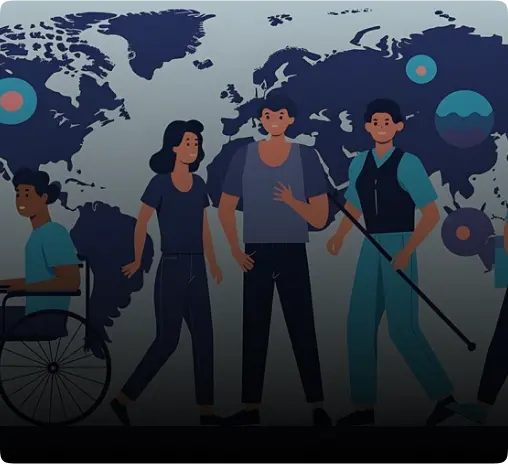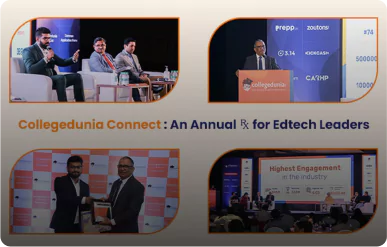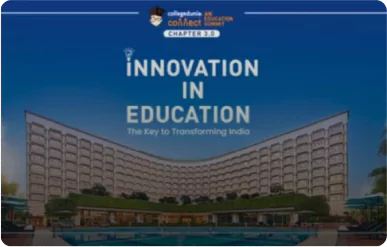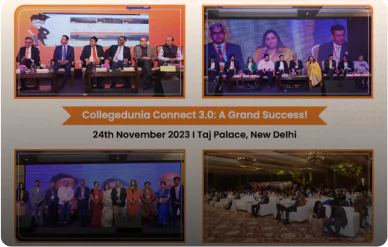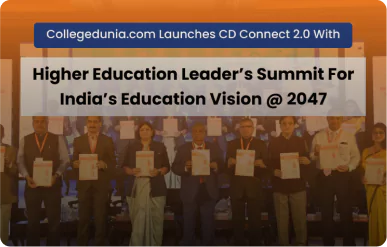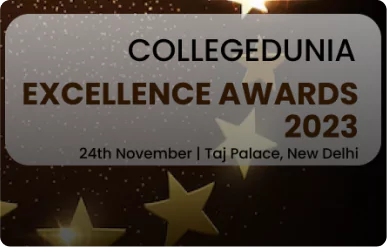India, with its rich cultural diversity and vibrant demographic landscape, boasts one of the world’s largest higher education systems. Over the years, the nation’s educational institutions have been working diligently to ensure that this educational wealth is accessible and inclusive for all, regardless of background or ability. In this article, we’ll explore the progress, challenges, and critical facts surrounding the endeavour to foster inclusivity and accessibility in the Indian higher education system.
The Trends
1. Balancing the Demographic Diversity
India’s higher education system is immense, with over 51,000 colleges and 993 universities. This vast network caters to a diverse student population.
However, According to NIRF ranking, The distribution of top-ranked colleges is heavily skewed towards a few states like Tamil Nadu, Delhi, and Kerala, while states with a high number of colleges like Uttar Pradesh do not have any representation in the top 100.
The student population is notably young, with over 50% of India’s population below the age of 25. Harnessing this youth demographic is pivotal for India’s socio-economic growth.
2. Gender Inclusivity
According to the All India Survey on Higher Education (AISHE) 2020-21, the Gross Enrollment Ratio (GER) for females increased from 22.5% in 2011-12 to 27.9% in 2020-21, reflecting an improving gender balance.


Despite progress, gender disparities persist, especially in certain states and fields of study. Encouragingly, the number of female enrollments in STEM programs is gradually rising, While in Science stream Female outnumbered Male, in Engineering & Technology Male outnumbered Female.

Among the top 6 states in total student enrollment—Uttar Pradesh, Maharashtra, Tamil Nadu, Madhya Pradesh, Karnataka, and Rajasthan—there is a noteworthy gender gap in enrollment. The major states with female enrolment more than male enrolment are Kerala, Chhattisgarh, West Bengal, Assam, Uttarakhand, Telangana and Tamil Nadu, with, the highest gap between female enrolment to male enrolment is seen in Kerala.

3. Accessible Campuses
Efforts to improve physical infrastructure and make campuses more accessible for students with disabilities have increased. Ramp installations, elevators, and braille signage are becoming more common.
According to the All India Survey on Higher Education (AISHE) 2020-21,There are 79,035 PWD students enrolled in higher education, out of which 49,334 are male and 29,701 are female students. Female participation among PWD students is highest in General Category with 69 females per 100 males followed by SC Category 66.

4.Backward classes & Minority Representation:
According to the All India Survey on Higher Education (AISHE) 2020-21, As per response, 4.6% students belong to Muslim Minority and 2.0% are from other Minority Communities. Notable feature is that Muslim Minority and other Minority communities have more female students than male students.
Gross Enrolment Ratio (GER) in Higher Education, estimated using population projections based on 2011 Census for the 18-23 age group is 27.3. For Scheduled Castes it is 23.1 and for Scheduled Tribes it is 18.9. GER for male population at all India level is 26.7 whereas for SC males it is 22.4 and 18.8 for ST males. Similarly, GER for female population at All India level is 27.9 whereas for SC females it is 23.9 and for ST females, it is 19.1. The GER for females in all categories is highest in Chandigarh with 66.1.


Gender Parity Index (GPI) among backward classes is notable: It may be seen that Female participation in Higher Education for All Categories is 105 per 100 males and for Scheduled Castes (SCs) and Scheduled Tribes (STs) it is 107 and 102s per 100 males respectively.

5. Inclusivity in International Student Enrollment:
The All India Survey on Higher Education (AISHE) 2020-21 reveals that the total number of foreign students enrolled in higher education in India is 48,035, representing a rich diversity of 163 different countries.
India’s commitment to inclusivity is evident in the consistent growth of international student enrollment. In 2010, there were approximately 21,000 international students studying in India, a number that surged to nearly 49,000 by 2020, reflecting an impressive 133% increase over the decade. Despite the challenges posed by the COVID-19 pandemic, which led to a temporary decline in enrollments, data from Collegedunia indicates a remarkable recovery in 2023. International student enrollments reached a record high of 42,801, marking a significant 55% increase post-lockdown.

However, it’s important to address a notable disparity in enrollment numbers. There exists a gender gap in the enrollment of female students compared to male students who come to India for education. Efforts to promote gender inclusivity in international student enrollment are an essential component of India’s commitment to diversity and accessibility in higher education.
Nonetheless, according to data from Collegedunia, there appears to be a decrease in the gap in the year 2023.

The Solutions
- Establishment of Special Education Zones (SEZs): As proposed in the 2019 draft National Education Policy, certain regions with significant populations from underrepresented groups should be designated as Special Education Zones (SEZs).
- Empowering Women: Policies and programs aimed at uplifting students from underrepresented communities should prioritize girls, who make up half of the population excluded from the mainstream education system.
Initiatives such as Beti Bachao Beti Padhao, Sukanya Samriddhi Scheme, and West Bengal’s Kanyashree Prakalpa scheme are steps in the right direction, and more policies should follow suit. - Supporting Disabled Students: Following the recommendations of the Kothari Commission, special education programs should be implemented for disabled children to ensure equal educational opportunities. As 78% of India’s population resides in rural areas without access to special schools, mainstream schools should be adapted to accommodate disabled students through sensitization of teachers and inclusive infrastructure.
- Culturally Relevant Education for Tribal Communities: To address the disconnect between school education and the lives of children from tribal communities, the school curriculum should undergo corresponding changes. Biases in the curriculum must be eliminated, and more content that is culturally relevant and relatable to all communities should be incorporated.
- Fostering Inclusive School Culture: All stakeholders in the education system, including teachers, principals, administrators, social workers, counselors, and students, need to undergo sensitivity training on inclusivity, equity, and respecting the dignity of all individuals.
- Transgender Inclusion: Initiatives should be developed to address the education-related challenges faced by transgender children and combat the stigma and discrimination they encounter in education.
- Education for Urban Poor: To prevent children and adolescents from turning to negative activities due to the lack of literacy and schooling opportunities, the Right to Education Act’s neighborhood school concept should be promoted. The education system should also consider the unique challenges faced by students from disadvantaged backgrounds, including substance abuse, poverty, health issues, and discrimination.
- Promoting Representation: Encouraging more teachers, community counselors, and translators from underrepresented communities can create a more empathetic educational environment. Additionally, research in curriculum design and pedagogical methods should be encouraged.
9. Bridging the Digital Divide: Addressing the digital divide is crucial, especially in rural areas where limited access to devices and the internet hinders educational progress. Online learning platforms offer opportunities but also pose challenges that need to be addressed.
The Case Study: Tamil Nadu’s Model of Higher Education
- Tamil Nadu leads in NIRF-ranked colleges (35 out of the top 100), followed by Delhi (32), Kerala (14), and West Bengal (8). These colleges are spread across the state, serving both urban and rural areas.
- Tamil Nadu’s effective implementation of reservation quotas benefits students from disadvantaged social groups.
- Over one-third of top-ranked colleges provide quality education to students from poor and disadvantaged backgrounds in rural areas.
The Conclusion
In conclusion, the success of Tamil Nadu’s Higher Education Model demonstrates that quality and inclusivity can coexist, contributing to social justice. While significant progress has been made, challenges such as achieving gender parity and ensuring digital access require ongoing attention and innovative solutions. Collaborative efforts from educational institutions, policymakers, and society are essential to create a more inclusive and accessible higher education system in India. Existing government initiatives, such as targeted scholarships and conditional cash transfers, should be reinforced to benefit underrepresented communities nationwide. Inclusion is not an experiment; it is a fundamental value that must guide our actions, as every child has the right to education and represents the future of our nation.

